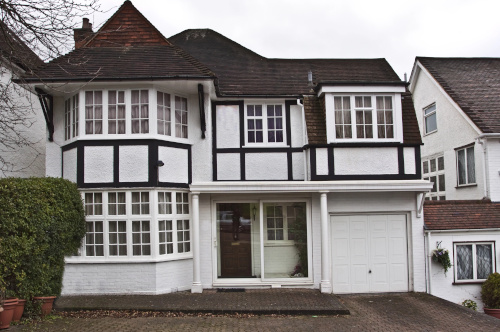 At Hammond and Shaw Surveyors, we frequently encounter property owners with concerns about subsidence. This issue can have significant implications for building stability and property value. In this post, we’ll address the question “What is subsidence?” and provide essential information for property owners and potential buyers.
At Hammond and Shaw Surveyors, we frequently encounter property owners with concerns about subsidence. This issue can have significant implications for building stability and property value. In this post, we’ll address the question “What is subsidence?” and provide essential information for property owners and potential buyers.
Defining Subsidence
Subsidence refers to the downward movement of the ground supporting the building’s foundations. This can occur as a result of shrinkage of the soil, or collapsing of below-ground voids, which is more common in mining areas. This phenomenon can lead to substantial structural damage if not identified and addressed promptly.
Common Causes of Subsidence
Several factors can lead to subsidence:
- Soil Composition: Clay soils are particularly prone to subsidence as they shrink and swell with changes in moisture content.
- Tree Roots: Large trees near a property can extract moisture from the soil, causing it to shrink.
- Leaking Drains: Water from leaking pipes can wash away or soften the ground beneath a building.
- Mining: In areas with a history of mining, old mine shafts can collapse, causing the ground above to sink.
- Natural Ground Cavities: In some areas, natural underground cavities can develop and collapse.

Signs of Subsidence
Recognising the signs of subsidence early can help prevent extensive damage. Look out for:
- Tapered cracks in walls, especially around doors and windows
- Doors and windows becoming stuck or not closing properly
- Sloping or uneven floors
- Widening gaps between walls and skirting boards
- Disrupted drains and other services
Why Subsidence Matters
Subsidence can cause serious structural issues in a property, potentially making it unsafe to inhabit. It can also significantly decrease a property’s value and make it difficult to sell, insure or obtain a mortgage.
How Surveyors Can Help
At Hammond and Shaw, our experienced surveyors can:
– Conduct thorough inspections to identify subsidence
– Use specialised equipment to measure the extent of the problem
– Recommend appropriate remedial actions
Understanding “What is subsidence?” is the first step in protecting your property. If you suspect your property might be affected by subsidence, don’t hesitate to contact Hammond and Shaw. Our expert surveyors are here to provide the professional advice and solutions you need to ensure the safety and value of your property.
Remember, when it comes to subsidence, early detection and professional intervention are key. Trust Hammond and Shaw to guide you through the process with our wealth of experience and expertise.




